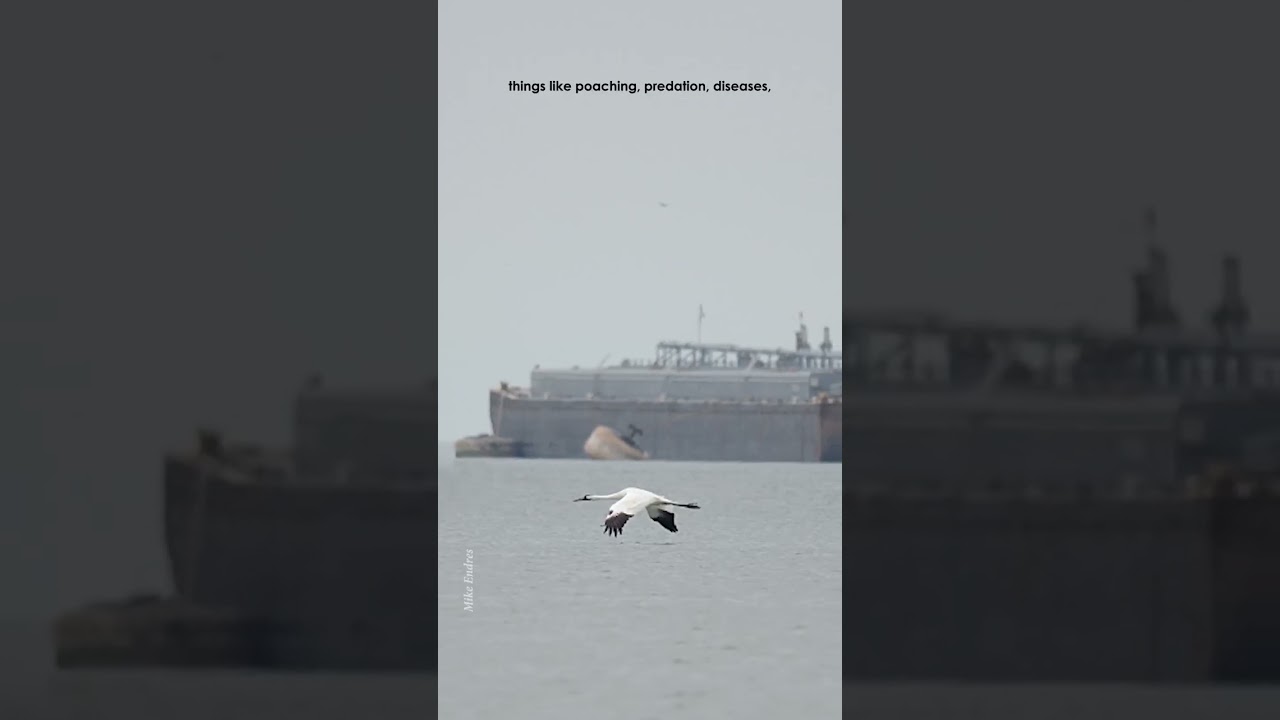- Natural Habitat Threats
- Human Encroachment and Disturbance
- Climate Change Impact
- Conservation Efforts and Management
- The Role of Zoos in Whooping Crane Survival
Whooping Cranes, known for their distinct white plumage and striking red crowns, are amongst the tallest North American birds. Understanding the threats endangering their population is critical for their survival. Let’s explore the significance of these threats and the ongoing efforts to protect this iconic species.
Natural Habitat Threats:
Whooping Cranes have specific habitat needs, relying on wetlands for nesting and feeding. Historically, their range was vast, but wetland draining and conversion to agricultural land have drastically reduced suitable habitats. These areas not only provide food and nesting grounds but serve as protection against predators. As wetlands decline, Whooping Cranes lose essential resources, creating severe impacts on their survival and breeding success.
Flooding, both natural and human-induced, further exacerbates habitat degradation. Excessive water levels can inundate nests, reducing chick survival rates. Moreover, natural predators like raccoons pose additional risks. The loss of appropriate habitats amplifies these threats, pushing the species closer to the brink of extinction.
Human Encroachment and Disturbance:
Human activities significantly impact Whooping Crane populations. Urbanization, agricultural expansion, and industrial projects encroach on their habitats, leading to direct habitat loss and fragmentation. This fragmentation isolates populations, reducing genetic diversity and making it difficult for cranes to find mates, further threatening their population stability.
Additionally, disturbances from recreational activities disrupt crucial behaviors such as feeding, mating, and nesting. Even minimal human presence can stress these birds, driving them away from suitable areas and affecting their reproductive success. Collisions with power lines and vehicles represent another critical threat, causing direct mortality.
Climate Change Impact:
Climate change poses a formidable threat to Whooping Cranes. Changes in temperature and precipitation patterns affect wetland ecosystems, altering food availability and habitat conditions. Unpredictable weather, including more frequent and severe storms, can destroy nests and decrease chick survival.
Moreover, climate change can shift migration patterns, creating new challenges for crane populations. The species depends on specific stopover sites during migration, and climatic changes that affect these areas can disrupt their journey, impacting their energy reserves and overall health.
Conservation Efforts and Management:
Numerous conservation initiatives aim to protect the Whooping Crane. Captive breeding programs have been instrumental in increasing their numbers. These programs involve raising cranes in controlled environments and releasing them into the wild. Breeding techniques, such as using whooping crane puppets to prevent imprinting on humans, have improved reintroduction success.
Habitat restoration projects are also crucial. Efforts to restore wetlands and manage water systems offer critical habitats for cranes to feed, breed, and raise their young. Legislation, such as the Endangered Species Act, provides legal protection, guiding habitat conservation and management practices.
Research plays a vital role in these efforts. Monitoring crane populations, studying their behavior, and tracking their migration routes offer valuable data for developing effective conservation strategies. Individual identification through banding and telemetry helps in understanding movement patterns and survival rates, informing adaptive management practices.
The Role of Zoos in Whooping Crane Survival:
Zoos play a pivotal role in Whooping Crane conservation. They house breeding pairs, participate in reintroduction programs, and serve as educational centers. By providing a safe environment for cranes to live and reproduce, zoos contribute to maintaining genetic diversity and bolstering wild populations.
Educational initiatives within zoos raise public awareness about the species’ plight and the importance of conservation. Engaging the public through educational talks, interactive exhibits, and volunteer programs fosters a connection between people and wildlife, inspiring support for conservation actions.
Zoos also collaborate with wildlife agencies and conservation organizations, pooling resources and expertise to enhance the effectiveness of reintroduction and habitat restoration projects. These partnerships are essential for coordinating efforts across different regions and ensuring comprehensive conservation strategies.
Overall, the conservation of Whooping Cranes requires a multifaceted approach addressing habitat protection, human-induced threats, climate change, and captive breeding. Through combined efforts of conservationists, researchers, and the public, it is possible to secure a future for these magnificent birds.
*****
Source Description
What are some threats to Whooping Cranes, and often other crane species? Find out in this week’s Craniac Short with our Lead Outreach Biologist, Stephanie Schmidt!
#whooperwednesday #craniacshort #whoopingcrane #cranes #conservation


